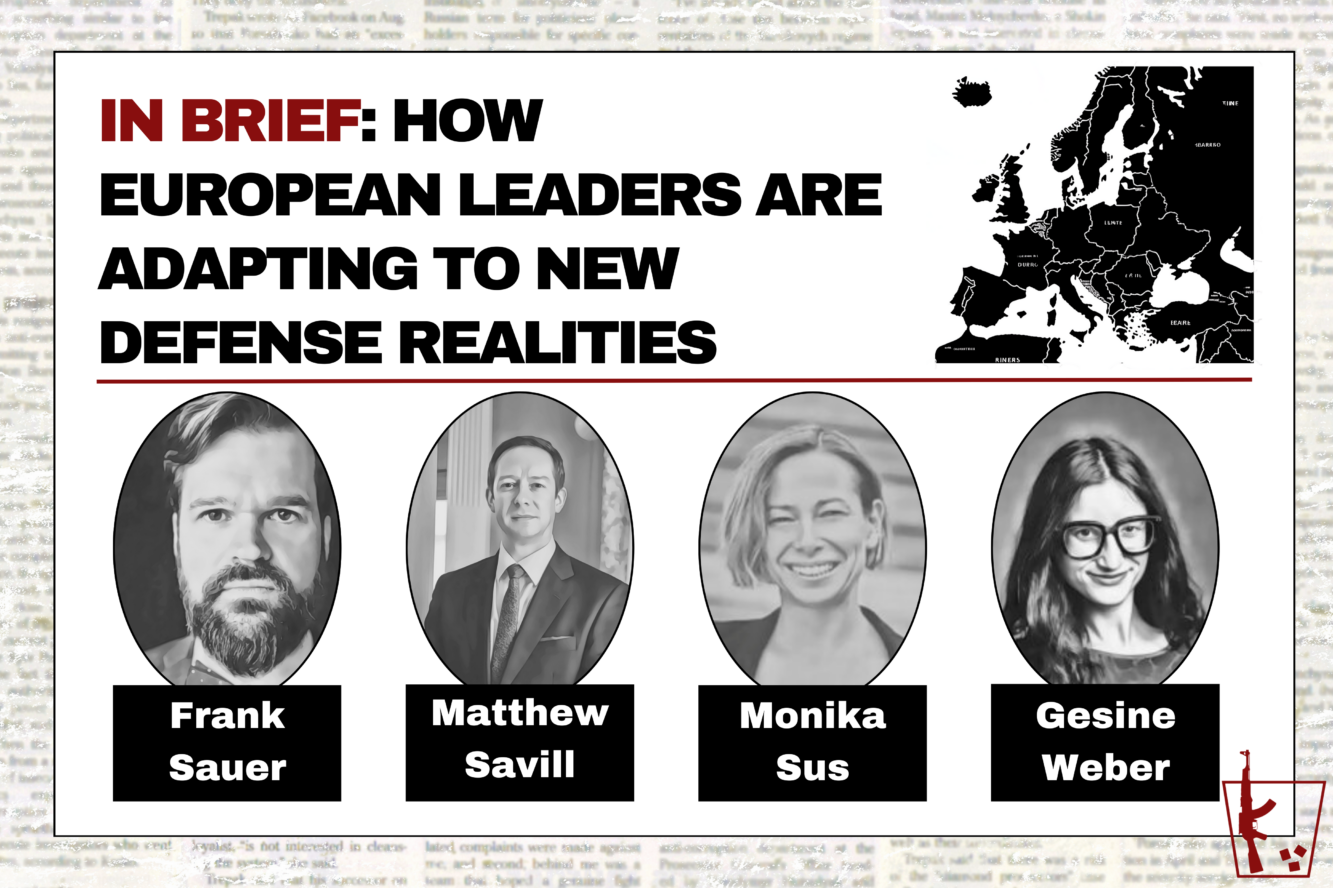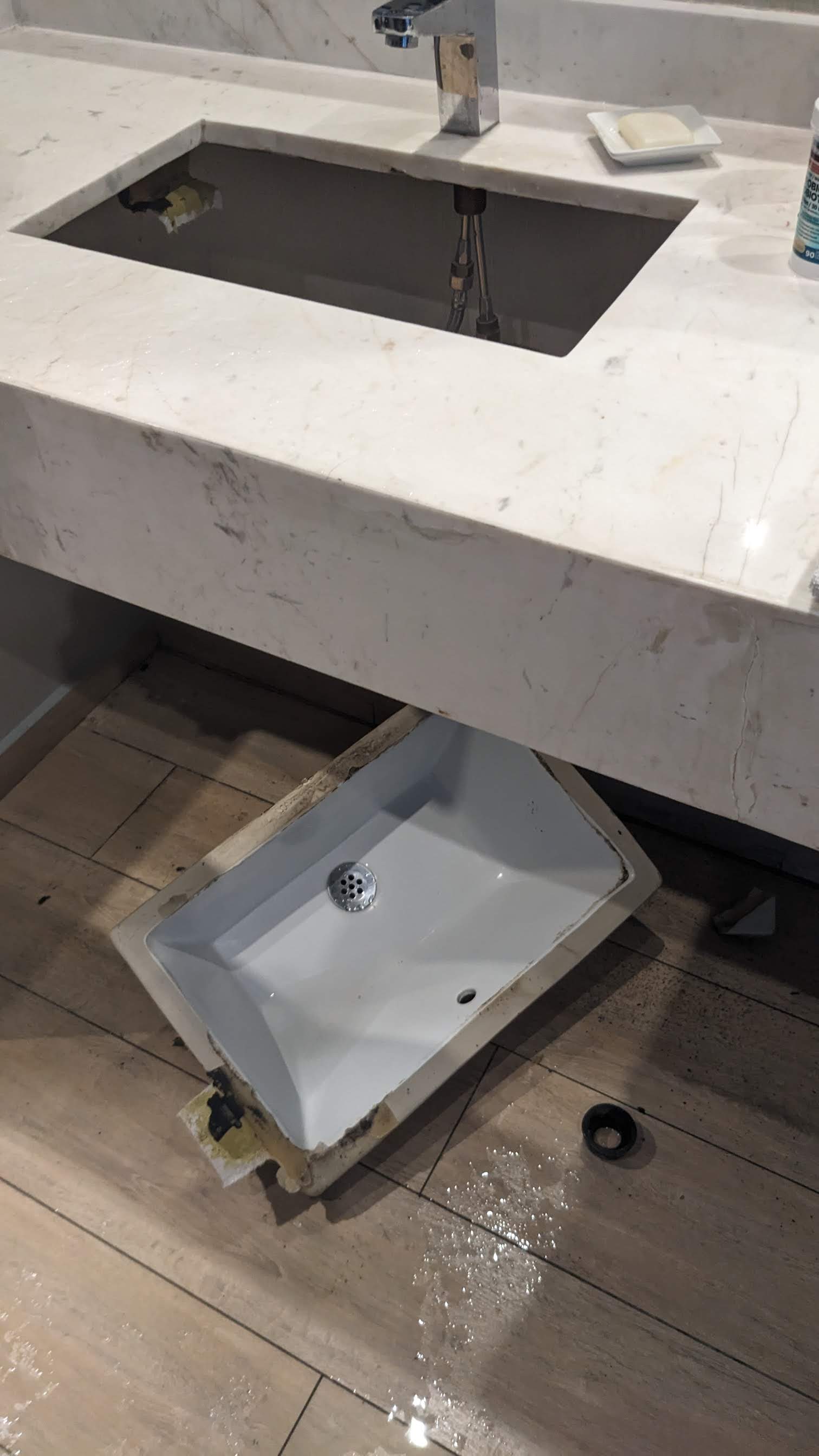How To Build Your Own LLM Product In 5 Easy Steps With Horace Wu
An empathy-driven approach ensures that the solutions being built resonate with real needs rather than hypothetical use cases. The post How To Build Your Own LLM Product In 5 Easy Steps With Horace Wu appeared first on Above the Law.


(Image via Getty)
In Season 9, Episode 6 of “Notes to My (Legal) Self,“ I had the privilege of speaking with Horace Wu, founder and CEO of Syntheia, a company revolutionizing contract data analytics and smart drafting for transactional lawyers. Horace shared practical insights into building successful legal tech products, particularly those leveraging large language models (LLMs). This episode was a masterclass in collaborative building, innovation, and how to listen to your users to deliver transformative solutions.
Horace’s Journey: From Lawyer To Builder
Horace’s story began at a crossroads: after stepping away from his law firm, he explored new horizons, ultimately discovering the potential of language models back in 2017. His journey has been defined by one driving force: creating things of substance for transactional lawyers.
“I wanted to create impactful tools, and over time, I realized transactional lawyers were the perfect audience because I understood their challenges deeply,” Horace shared.
Why Build, Buy, Or Blend?
In the age of generative AI, organizations face a familiar question with a new twist: should we build, buy, or blend solutions?
Horace emphasized that the decision depends on your pain points and desired outcomes. While building MVPs has never been easier — thanks to tools like LangChain and LamaIndex — scaling from prototype to production remains a significant hurdle.
“It’s not the zero-to-one that’s hard; it’s the one-to-one hundred that’s the real challenge,” Horace explained. Often, this is where buying or partnering becomes the smarter choice.
The Art Of Design Partnerships
One of the most valuable insights Horace shared was about design partnerships — a collaborative approach where vendors and law firms work together to build solutions.
To make design partnerships successful, Horace identified three key elements:
- Expertise. The law firm must bring deep domain knowledge to identify critical problems.
- Commitment. Building impactful tools requires iterative effort; both parties must be in it for the long haul.
- Alignment. There must be a shared vision and a good working relationship.
“It’s like a marriage — you can’t force it,” Horace joked.
He also addressed a common challenge: convincing partners that the solution built together will eventually serve other clients, including competitors. The key? Transparency. The first adopter benefits from a tailored solution, and the shared investment ensures long-term improvements.
Defining Success In Collaboration
Horace acknowledged that defining success in collaborative projects can be tricky. While there’s no one-size-fits-all approach, he recommended setting milestones rather than an unattainable final goal.
“You’re never done — it’s about getting to stages where you can deliver value, gather feedback, and iterate,” he explained.
The 5 Easy Steps To Building An LLM Product
Horace outlined five actionable steps for building your own LLM-powered solution:
- Find The Pain Point. Identify a specific challenge your users face.
- Map The User Journey. Understand how the problem fits into the broader workflow and where friction occurs.
- Leverage The Right Technology. Assess where LLMs or other tools can genuinely make an impact.
- Build The Right Team. Assemble domain experts, tech builders, and a “translator” to bridge the gap between the two.
- Iterate Relentlessly. Launch, gather feedback, and refine continuously.
These steps highlight the importance of aligning technical capabilities with user needs, fostering collaboration, and maintaining a focus on incremental improvement.
Listening: The Key To Building Solutions That Matter
Horace stressed that listening is the most critical skill when building products for lawyers.
“Lawyers know their pain points better than anyone else — you just have to listen to them,” he said.
This empathy-driven approach ensures that the solutions being built resonate with real needs rather than hypothetical use cases.
User Journey Mapping: A Blueprint For Success
User journey mapping was another crucial theme. By breaking down workflows into multiple timelines for different players, Horace’s team identifies pain points and redesigns the path to success.
“It’s like a pirate map: you know where the treasure is, but the path to get there might need to change,” Horace explained.
Building The Right Team
When it comes to execution, having the right team is essential. Horace emphasized three core roles:
- Domain Expert. Someone who deeply understands the user’s pain points and workflow.
- Tech Builder. A skilled developer who can create the solution.
- Translator. A bridge who ensures the two parties communicate effectively and align on goals.
“It’s not an easy role to fill, but it’s essential to make everything work,” Horace noted.
The Role Of Empathy And Collaboration
One of the episode’s standout moments was Horace’s reflection on the importance of empathy:
“Building for lawyers — or any professional — is like asking a bird how it flies. They know how to do it, but they can’t always explain it. You need empathy to truly understand their needs.”
Final Takeaway: Keep Listening
Horace left us with a simple but powerful piece of advice:
“Keep listening to your customers. They will tell you what they want — you just have to hear them.”
This ethos underscores the importance of collaboration, transparency, and continuous improvement in building products that truly make a difference.
This conversation with Horace Wu was a roadmap for anyone looking to build impactful legal tech products, especially those powered by generative AI. Whether you’re a vendor, a lawyer, or a curious tech enthusiast, the lessons shared — on empathy, collaboration, and relentless iteration — will resonate deeply.
Now, the question is: What will you build next?

Olga V. Mack is a Fellow at CodeX, The Stanford Center for Legal Informatics, and a Generative AI Editor at law.MIT. Olga embraces legal innovation and had dedicated her career to improving and shaping the future of law. She is convinced that the legal profession will emerge even stronger, more resilient, and more inclusive than before by embracing technology. Olga is also an award-winning general counsel, operations professional, startup advisor, public speaker, adjunct professor, and entrepreneur. She authored Get on Board: Earning Your Ticket to a Corporate Board Seat, Fundamentals of Smart Contract Security, and Blockchain Value: Transforming Business Models, Society, and Communities. She is working on three books: Visual IQ for Lawyers (ABA 2024), The Rise of Product Lawyers: An Analytical Framework to Systematically Advise Your Clients Throughout the Product Lifecycle (Globe Law and Business 2024), and Legal Operations in the Age of AI and Data (Globe Law and Business 2024). You can follow Olga on LinkedIn and Twitter @olgavmack.
The post How To Build Your Own LLM Product In 5 Easy Steps With Horace Wu appeared first on Above the Law.























































































































































